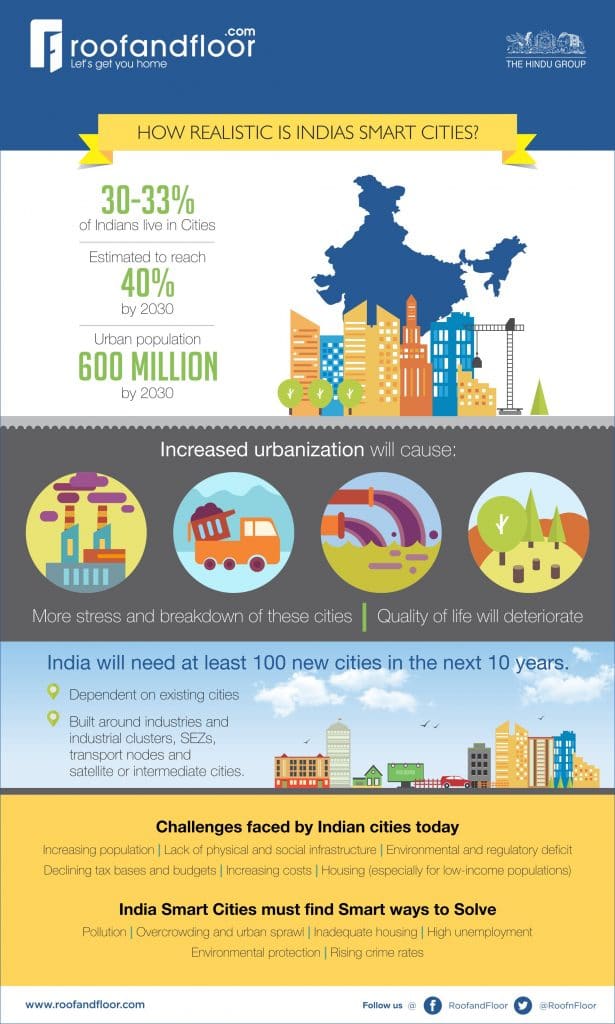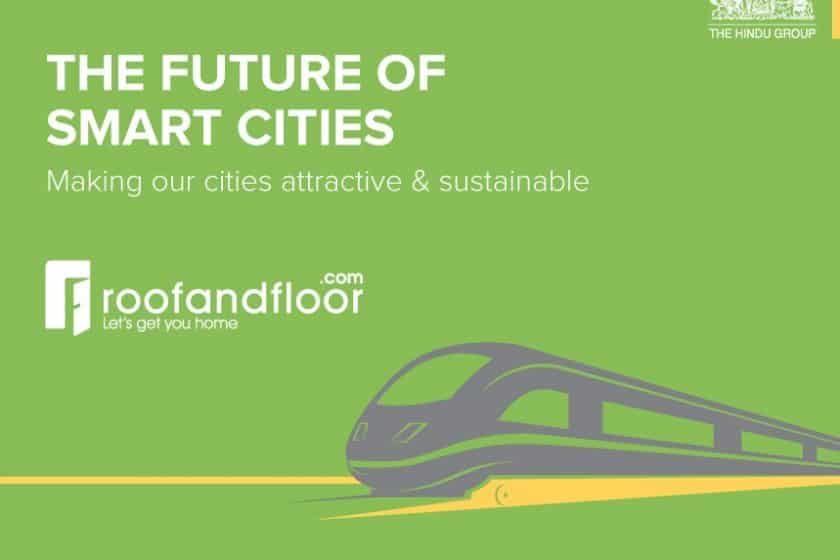Going by the growth plans envisaged by the current Government, India will need to invest more in its cities to make them more liveable. Urbanization is increasing at a rapid pace, and currently about 30-33% of Indians live in cities. This is estimated to reach upwards of 40% by 2030. The urban population would be about 600 million people at that point. It is further estimated that the number of cities with populations of a million or more are likely to double in that time.
A large component of this urbanization will be in the form of migration to existing cities, which would expand and grow in size. Unfortunately, most Indian cities are currently decidedly challenged in terms of infrastructure, and their inhabitants’ access to basic services continues to be poor. An increase in urbanization will result in more stress and breakdown of these cities; quality of life there will deteriorate. To be able to continue with the required momentum, it is expected that India would need at least 100 new cities over the next 10 years.

These cities would essentially be Greenfield (built from scratch) entities adjacent to existing cities, and developed and dependent on the existing cities. These Greenfield cities will be built around economic drivers like industries and industrial clusters, SEZs, transport nodes and satellite or intermediate cities.
Over the next few years, India will see Greenfield cities. These cities will hopefully be developed in a structured manner and built for the future – in other words, they will be future-ready. They should have adequate control on their natural resources, and will need high-grade urban planning.
Smart cities provide a high level of liveability, work environment and sustainability to their residents through superior urban planning and adequate provisions for base utilities and control of resources. The conceptualization of a Smart City varies from city to city and from country to country, depending on the level of development, willingness for changes and reforms, availability of resources and aspirations of the city residents.
In developed countries, a Smart City is one where existing infrastructure is augmented, monitored and controlled, leading to highly sustainable development. In the Indian context, the approach is necessarily different. Since many cities lack basic infrastructure, institutional frameworks and proper governance, a Smart City initiatives will first and foremost involve providing basic civic requirements and making the infrastructure robust and scaleable.
They have to learn to identify new and smart ways to manage the complexity of urban living, and problems ranging from pollution, overcrowding and urban sprawl to inadequate housing, high unemployment, resource management, environmental protection, and rising crime rates. These challenges can be met in two ways – building new (Greenfield) cities or transforming existing ones.
In part II of this article by Shubhranshu Pani, we will discuss how Greenfield Cities can be developed to be future-ready.
The writer is Managing Director – Strategic Consulting, JLL India





